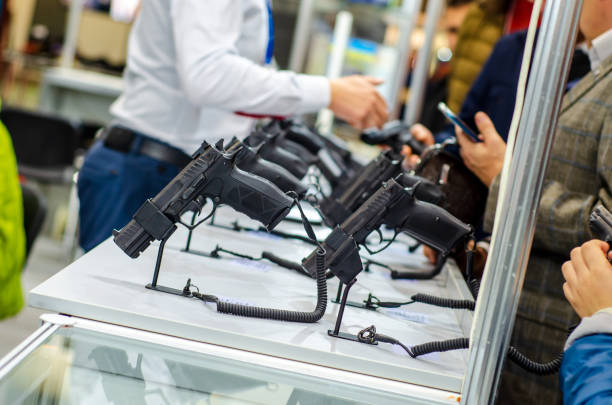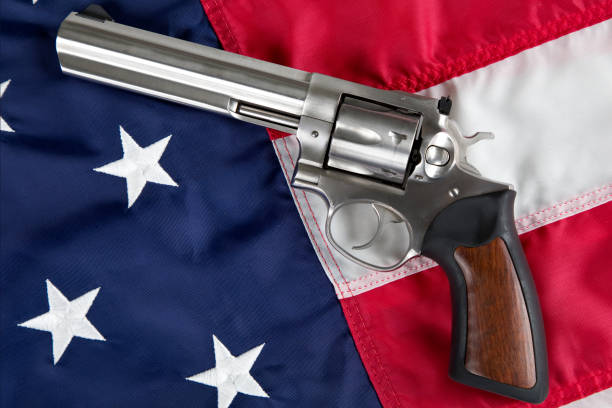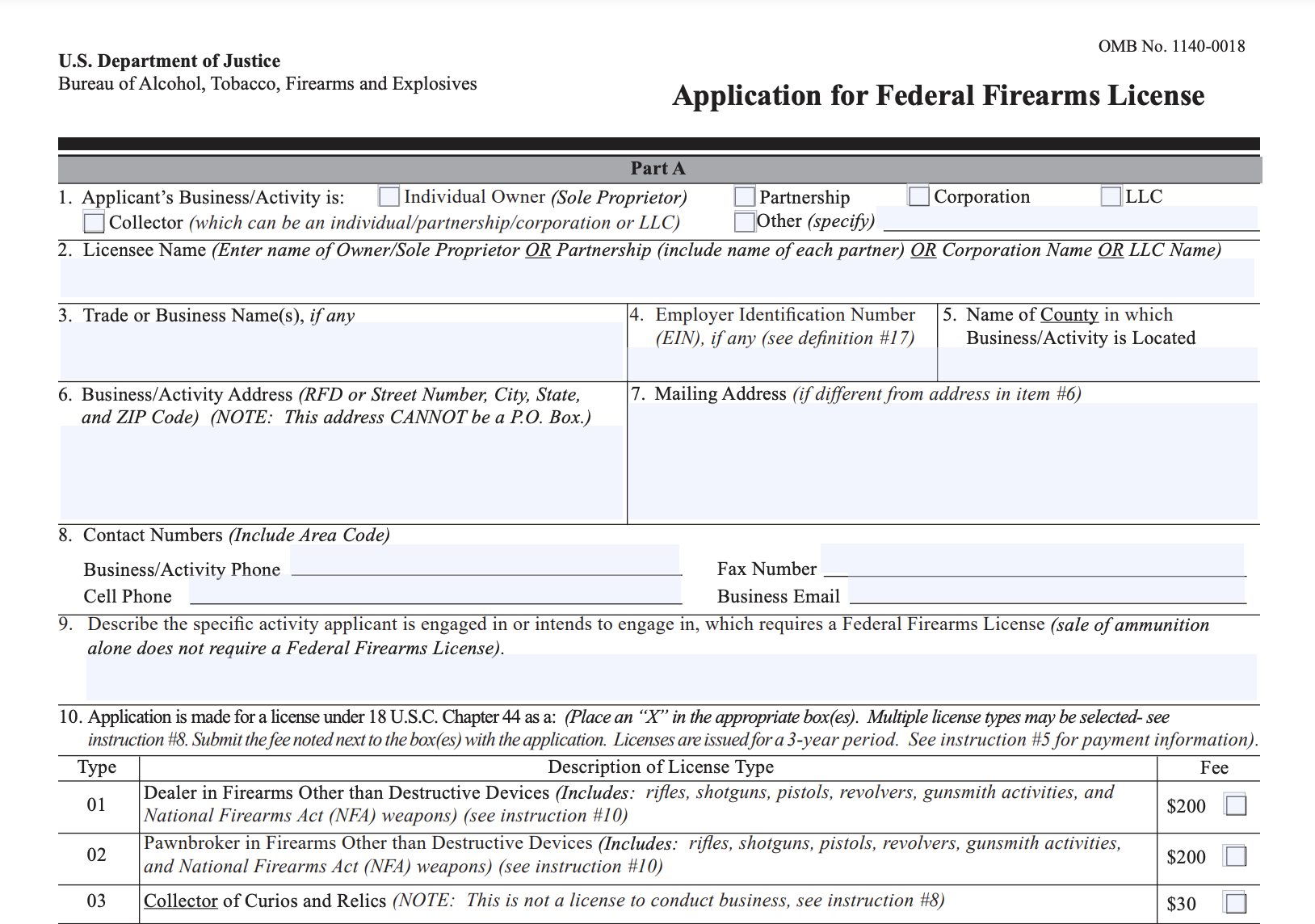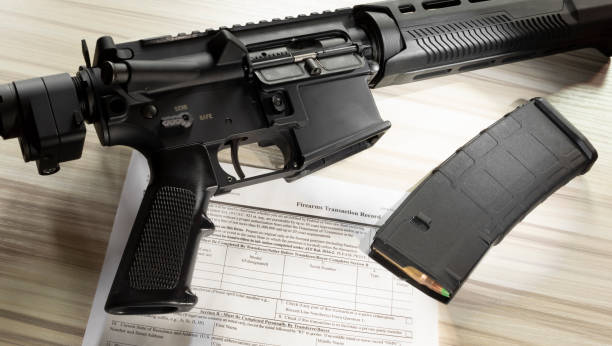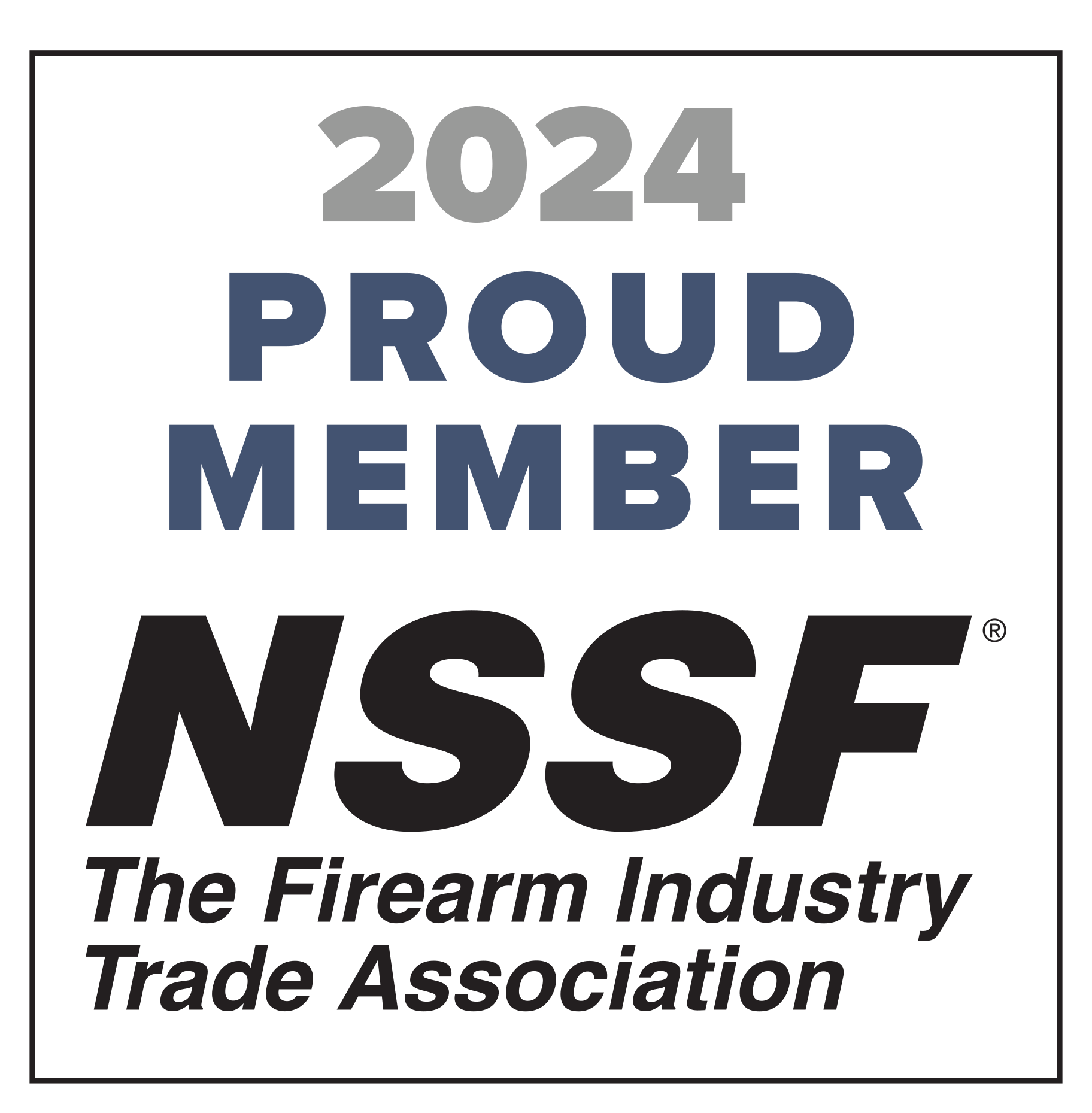As an FFL, you know the importance of ATF compliance. Being compliant with federal firearms laws and implementing regulations keeps the public safe from the criminal use of firearms and keeps you in business. You’ve likely heard stories about ATF compliance, but you may not necessarily know the full details, such as how many cases, the number of inspections, the number of criminal investigations, and so on.
To provide clarity on the current state of ATF compliance cases, we’ve compiled a list of facts and figures from 2020 that offers a bird’s-eye view. Here are the key details you need to know.
Special Agents
Let’s start from the top with the number of personnel involved in overseeing ATF compliance inspection. According to the ATF, there were 2,653 special agents who served as personnel in 2020. Special agents are “highly trained, elite law enforcement officers who investigate violations of federal laws and regulations related to the criminal misuse of firearms, the ATF writes”
They’re sworn law enforcement officers authorized to make arrests for federal offenses in the U.S. and remain involved throughout each stage of a criminal investigation. From the initial moment an FFL is found to be in violation of ATF compliance to the moment they’re convicted or acquitted, a special agent is present.
IOIs
Industry operations investigators, or IOIs, work directly with FFLs to ensure they’re in compliance with current firearms regulations, both on the federal and state level. In 2020, there were a total of 760 IOIs that worked on ATF compliance inspection cases, traveling frequently to inspect business locations all over the country.
Possessing a detailed knowledge of regulations, it’s their job to examine FFL’s records to make sure there’s no falsification of records or any activity linked to the criminal trafficking of firearms. There were significantly less IOIs than special agents in 2020, but it was still a sizable number.
FFLs
Before getting into the nitty gritty, it’s also helpful to know exactly how many FFLs there were. According to the ATF, there were a total of 130,525 active licensees in 2020, breaking down as follows:
- Dealer – 52,795
- Pawnbroker – 7,114
- Collector – 52,729
- Manufacturer of Ammunition – 1,807
- Manufacturer of Firearms – 14,126
- Importer – 1,136
- Dealer of Destructive Devices – 127
- Manufacturer of Destructive Devices – 422
- Importer of Destructive Devices – 269
Looking at this data, it’s clear that dealers and collectors account for the largest percentage of FFLs at more than 80% between them. After that were manufacturers of firearms at 10.8% and pawnbrokers at 5.5%. And the remaining FFLs only made up a small percentage of the population.
Total Cases
In 2020, there were 8,025 total cases recommended for prosecution. Note that a case recommended for prosecution stays open for approximately a four-year period, and the specific number (in this case 8,025) simply serves as a snapshot where all cases are lumped together, regardless of what stage they’re at in the judicial process.
Further, there were:
- 6,934 indicted cases
- 5,181 convicted cases
- 1,639 criminal group and gang cases
Note that “cases and defendants indicted, convicted, and sentenced are not subsets of cases and defendants recommended for prosecution in FY 2020,” the ATF explains. “The snapshot presents actual judicial activity in the fiscal year regardless of the year and the matter was recommended for prosecution.”
In other words, a certain percentage of the cases referenced above didn’t actually occur in 2020, as some happened earlier. However, there was some judicial activity in that year, which is why they were included. Of the cases recommended for prosecution in prior years and the 2020 fiscal year, the ATF closed 6,251 of them.
Defendants
In terms of the number of defendants in 2020, the ATF offers some extensive data, which breaks down like this:
- Recommended for prosecution – 10,012
- Prior arrests – 70,439
- Prior convictions – 18,192
- Defendants indicted – 10,077
- Number convicted – 7,204
- Received life sentence – 4
- Received death sentence – 24
Now let’s unpack this information to paint a clear picture. According to the ATF’s findings, there’s a definite pattern where most defendants recommended for prosecution had prior criminal histories. Of the more than 10,000 defendants included in this data, there were more than 70,000 prior arrests and over 18,000 prior convictions between them.
This averages out to 7 previous arrests and 1.8 prior convictions per defendant recommended for prosecution. So for most people, getting caught not adhering to ATF compliance isn’t an isolated incident in terms of getting into legal trouble. The average person has already been arrested 7 times and convicted nearly 2 times.
Of those recommended for prosecution, most ended up being convicted at nearly 72%, which shows the majority of defendants are ultimately found guilty. However, only a small number received a life sentence at 0.0003% and 0.002% received a death sentence.
Criminal Investigations
As for the number of criminal investigations launched in 2020, there were a total of 39,449 firearms cases initiated. By comparison, the ATF only initiated:
- 2,252 criminal investigations for arson
- 976 for explosives
- 12 for alcohol and tobacco
This shows that the bulk of the ATF’s time is spent investigating firearms.
Firearm Compliance Inspections
In 2020, the ATF performed 5,827 firearm compliance inspections. Based on the 130,525 active FFLs in America that year, it means that 4.5% were inspected — only a small number.
In terms of the actions that resulted from these inspections, here’s how it breaks down:
- No violations – 3,277 (56.2%)
- Report of violations – 1,289 (22.1%)
- Warning letter – 804 (13.8%)
- Warning conference – 306 (5.3%)
- License surrendered/went out of business – 96 (1.6%)
- Revocations/denials – 40 (0.7%)
- Other dispositions – 14 (0.3%)
As you can see, well over half of firearms compliance inspection in 2020 resulted in no violations. For over 56% of FFLs, nothing came of the incident. Just under a quarter received a report of violations at 22.1%, while 13.8% received a warning letter, and 5.3% were required to attend a warning conference.
This suggests that of the 41.2% of FFLs who weren’t fully compliant with firearms laws and regulations, the offense wasn’t severe enough to demand a serious action like surrendering their license, having it revoked/denied, or going out of business. Only a tiny percentage of FFLs encountered that level of reprimanding, with 1.6% having to surrender their license/go out of business and 0.7% having it revoked/denied.
Firearms Applications Inspections
Finally, the ATF conducted a total of 10,525 firearms applications inspections. Of those, 8,385 (79.6%) were approved and 237 (2.3%) were denied. The rest of the 1,903 (22.6%) applications were either abandoned or withdrawn. This shows that nearly 4 out of every 5 firearms applications that are inspected are ultimately approved and only a fraction are denied.
A Detailed Overview of ATF Compliance Cases
Compliance is an absolute necessity for FFLs. We can’t stress enough how important it is to ensure you’re keeping correct records and staying aware of regulation changes that impact your business.
Having a clear perspective on ATF compliance inspection cases shows how many personnel are overseeing cases, how many licensees and defendants there are, how many criminal investigations are being launched, and more. The data we’ve compiled here covers all the bases and should leave you with a detailed overview of ATF compliance cases.
If you’re looking for help staying compliant without a lot of hassle, check out FastBound FFL software. You can get a free 14-day trial and can change plans or cancel at any time.






